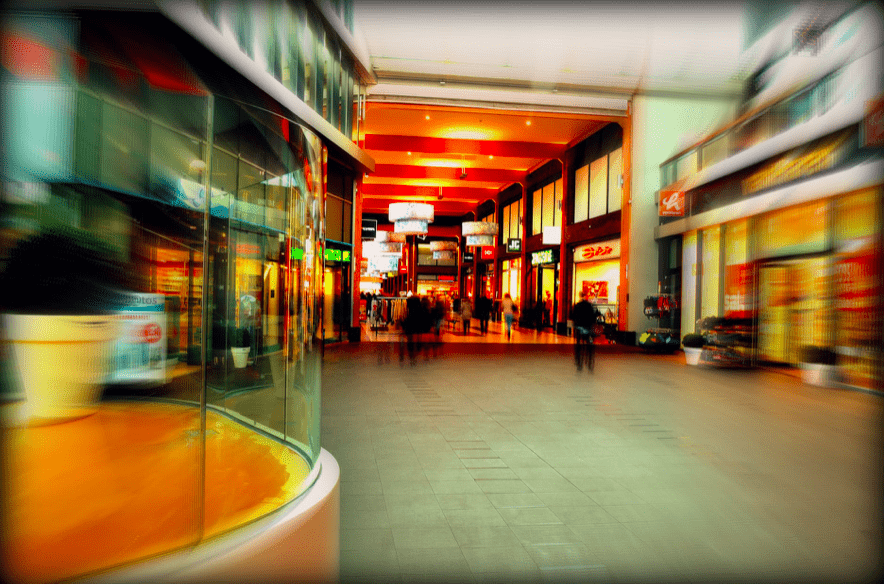
La historia de que las tiendas físicas y los exhibidores ya no existirán en el futuro es falsa.
Of course, stores close, just as many other stores open. It is false that with the rise of electronic commerce, physical stores proportionally will close.
In the history of Western retail there have been several real apocalypses, especially for the “neighborhood corner stores”, due to the macroeconomic crisis or to the arrival of department stores (E.g., Walmart) and convenience stores (E.g., OXXO). Always in times of financial prosperity, more stores are opened than closed and will continue to be so in the next decade.
Currently there are many more physical stores than 10 years ago, and in the next ten there will be many more; mainly, because in the next decade we will be one billion more people. Internet penetration in the world is approximately 50%; more than 3 billion people have no access to the internet.
E-commerce is not what kills physical stores, but a fantastic add-on, which over time, we even hope, will be very profitable for retailers.
Growing as a brand, expanding with new formats, reducing operating costs, improving Shopper knowledge are some of the main reasons why Retailers (retail sellers) are still so important in the market. in the market.
Physical stores are vital from a profitability point of view.
The main advantages that we feel physical stores have over virtual stores are the following:
1. Experience with the product
Having the opportunity to touch, smell and see the product gives the shopper shopper the opportunity to confirm its quality directly. This is still the most powerful reason to go shopping, and one of the main fears for consumers to buy online is that the item they are looking for will not meet their expectations.
2. Security in purchases
Today, despite technological advances, a large part of consumers distrusts the internet. This has caused many consumers to not feel comfortable with electronic commerce and prefer to make their shopping in person.
3. Immediate access to the product.
Although practically all online stores have evidently reduced the delivery times of merchandise, none can be compared to the buying process at the physical store. The shopper receives the product product as soon as the purchase is made.
On the other hand, when buying the product on the other hand, when buying the product in an online store, the cost of shipping is added, which could make the purchase of the same product more expensive compared to buying it at a physical store.
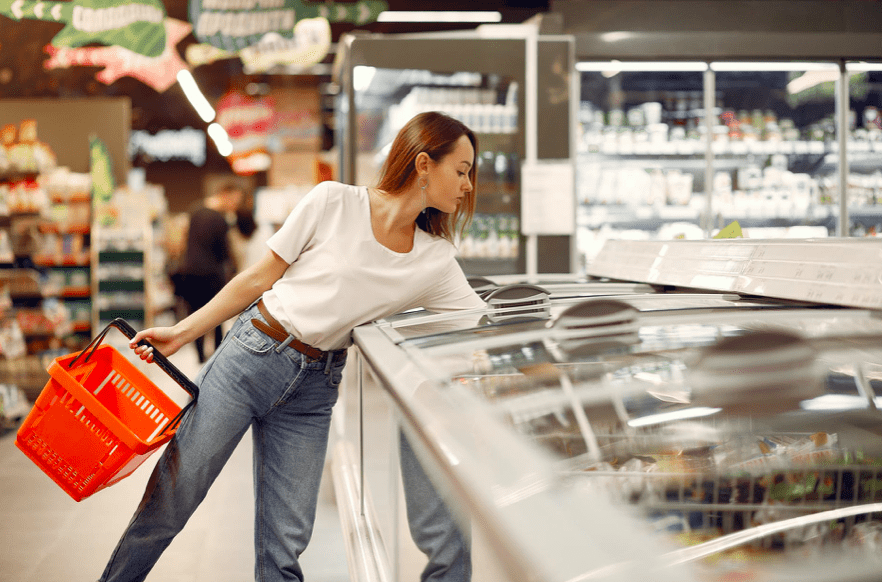
4. Personal Attention.
No online store can compete with the treatment that physical store attendants give Shoppers, as long as the staff do their job the right way. For many products and services, a demonstration / explanation of the product in person is vital.
5. Enriches the city.
Nobody imagines a city without comercio físico, since physical commerce is fundamental in the social and economic life/ activity.
According to the report Next Generation in-store Technology: Where do Shoppers and Retailers Stand? In the UK, 94% of consumers visit physical stores while only 6% make purchases online. 1
What is the Role of Technology in Retail?
The passage of time and the arrival of new technologies have meant that the retail industry is undergoing a great transformation, which has made it possible to improve the way companies work, as well as improve interaction with the end technological solutions in front of them and the challenge they face is deciding which ones should be
incorporated to their business as a priority in order to increase the value offered to their Shoppers.
One of the new consumer paradigms is Omnichannel Strategy, which with its arrival brought a real change in the retail logistics processes, trying to adapt to the requirements of a consumerwho interacts with the company through multiple channels.
An example can be buying via the web and if the product was not to your liking, complain on social networks and later return the product at the store.
It is important to point out that for the omnichannel to work properly various technologies are used to function accordingly.
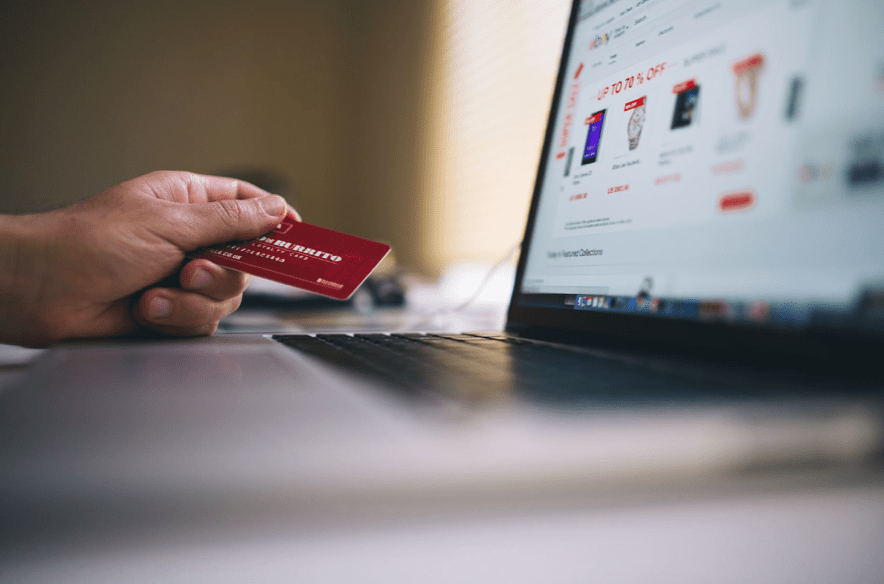
"According to data from PwC, a study indicates that 80% of companies in the United States will invest in omnichannel strategies." 2
The incorporation of new digital innovations has brought renewed airs for the modern channel, since despite the existence of digital commerce, a large part of customers prefers to see, touch, smell, etc. the physical product; on the contrary, those unique experiences cannot be had through a screen.
Some technologies such as augmented reality, immediate dispatch, social search, etc. facilitate the action of Big Data in the industry, which helps to improve personalization and logistics in the service to shoppers, significantly increasing sales.
Major brands and retailers must be up to date on issues relating to digital trends, as this will give them access to obtain more and better data about their shoppers, giving them a much more complex vision of what they require.
Below we briefly explain some of the new technologies used by retailers:
1.Immersive Technologies
Augmented and virtual reality went from being a futuristic fantasy to becoming the present, completely transforming the retail industry. While augmented reality allows for adding virtual elements in their physical environment, virtual reality allows for live experiences thanks to a headset that allows the shopper to try the product as if he were in the store without the need to attend in person.
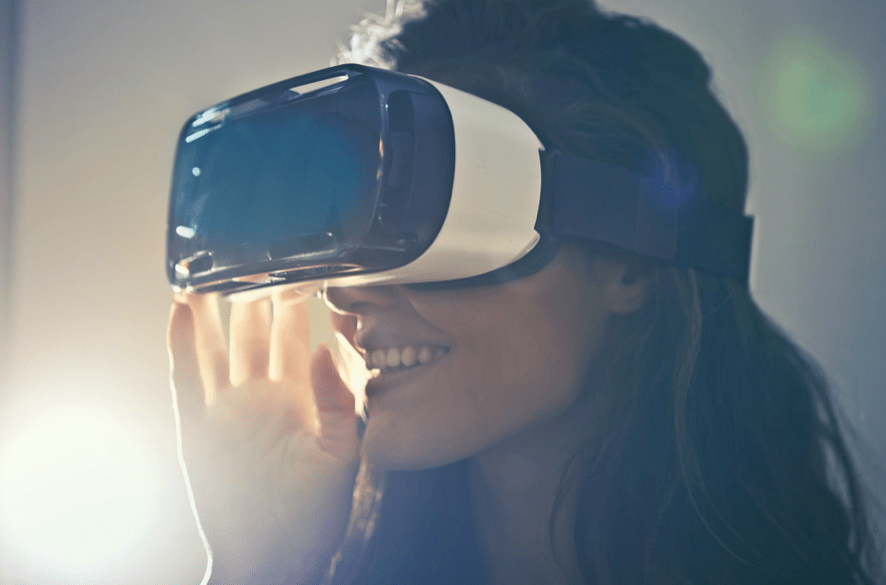
“According to Gartner’s estimates, 100 million consumers took advantage of the possibilities that AR provided to make online and retail purchases in 2020.”3
2.Big Data.
Algorithms that manage to capture data that is useful for the store, such as the flow of customers at certain hours or on certain dates. In this way, trends can be set, allowing for efficient store administration.

According to the report Next Generation in-store Technology: Where do Shoppers and Retailers Stand? Of the United Kingdom, 30% of retail uses facial recognition technology”. 4
The recognition uses computer vision with automatic learning in order to anonymously capture various data about shoppers without having to request it in writing.
What information can I get through facial recognition?
a) Age Range
b) Gender
c) Ethnicity
d) Mood
3. Smart headers
Smart headers aim to give a twist to POP displays where they will go from being interactive solutions where they offer an intelligent way, which helps to analyze the behavior of the shopper and the
inventory tracking. In this way, your marca will be displayed in a much more dynamic way with video animation. In addition, your prices will be automated worldwide in real time.
The headers offer several technologies in which facial analysis stands out, with which we can recognize the shopper (anonymously) and obtain analytic data such as: demographic information (age, gender, ethnicity), patterns and frequency of purchase, ranges of reach towards your product, etc. Also inventory tracking in real time helps not to have supply shortage on the shelf and that your product will always be present; It also avoids reworking of floor staff, since they only re-stock when it’s necessary.
Finally, if as a company you are interested in caring for the environment, this is your ideal option.
4. Robots.
Advances in artificial intelligence have made the existence of robots in retail possible. An example is the smart cart developed by the company Caper, which helps the customer in the supermarket during their shopping process, showing where the products on sale and exhibitors are in a map and allowing payment directly in the cart. This creation will not only improve the shopping experience but also help to reach sales goals.
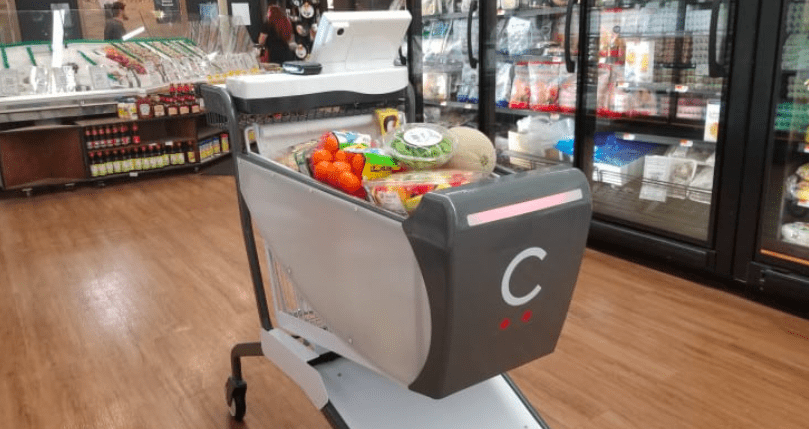
5. Virtual Assistants.
This technology had a heyday with the onset of the pandemic, as it can replace physical personnel at the store and eliminate human contact and the need for hand-to-hand sampling. Gives your customers access to free product samples while keeping sanitary guidelines.
It consists of a screen which reproduces a pre-recorded video introducing your product. It interacts with the shopper in such a way that, by scanning a QR code with your cell phone and sending a text message, a ticket is printed with which you can take a sample of the product you are displaying on a shelf next to the screen or in a refrigerator. The shopper takes the ticket together with the product so they won’t be charged at the checkout. That way they get a taste of your product and get to know your brand.
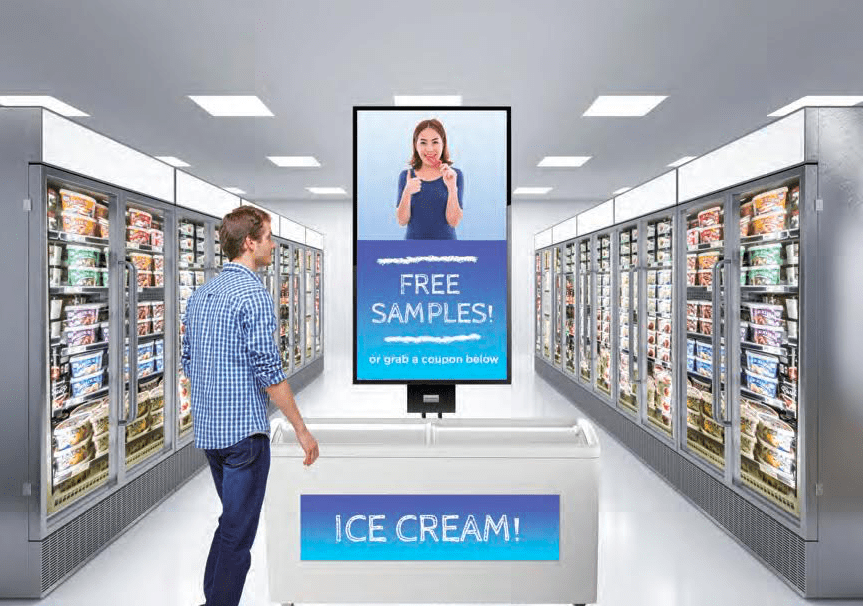
Conclusion:
Growing as a brand, expanding with new formats, reducing operating costs, and improving shopper awareness are some of the main reasons why Retailers (retail sellers) are still so important in the market. Physical stores are vital from the point of view of profitability, shopping experience, immediate access to the product, security in purchases, personalized attention, among others.
The technological advances that have been implemented today at the point of sale are definitely a very good option to generate a great experience for the shopper and with this strategy, generating a great deal of the job of convincing them to take products that they did not necessarily think of taking.
Learn about the different strategies that have emerged over time, apply them to your brand and surely your sales will increase
Más información en exhibidores.



